Penrith has an incredible history, and as much as times change, it’s always important to preserve the past.
There’s many items on the NSW State Heritage Register in the Penrith Local Government Area. Here’s 10 of the most intriguing…
Craithes House (Borec Road, Penrith)
Craithes, also known as Cassola, was built in 1884 for Joseph Single by Thomas Clissold. This gentlemen’s Victorian Italianete villa was set within a garden at the end of a peppercorn avenue.
One of the best examples of a mid-late 19th century rural villa identified within the City of Penrith.
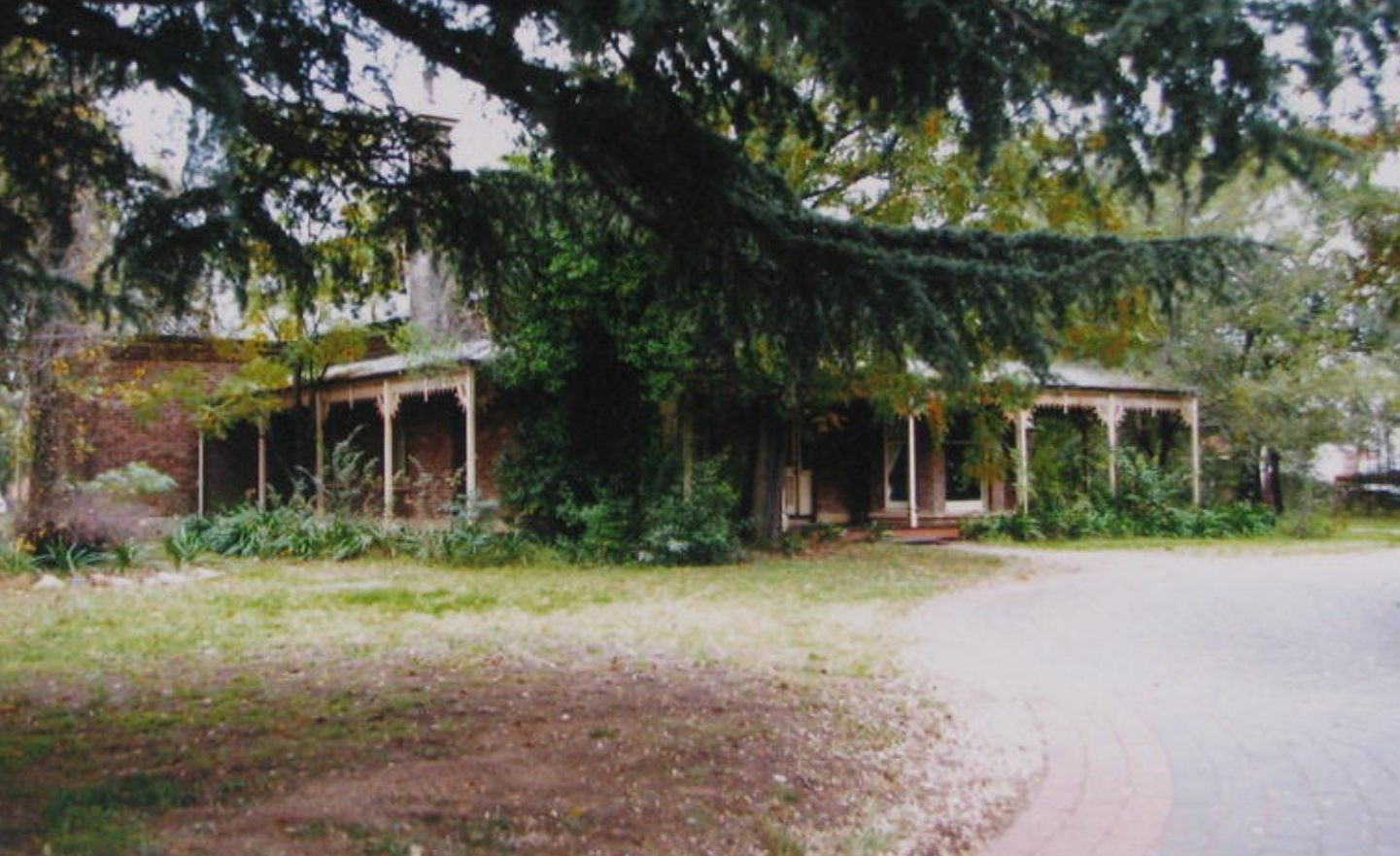
Hadley Park (Castlereagh)
The house is believed to have been built in 1811-1812 for Charles Hadley. It is a two storey single pile building with a skillion at the rear, and is constructed of timber post and beam with brick infil panels.
Hadley Park is believed to be the oldest building remaining in the Nepean Valley.
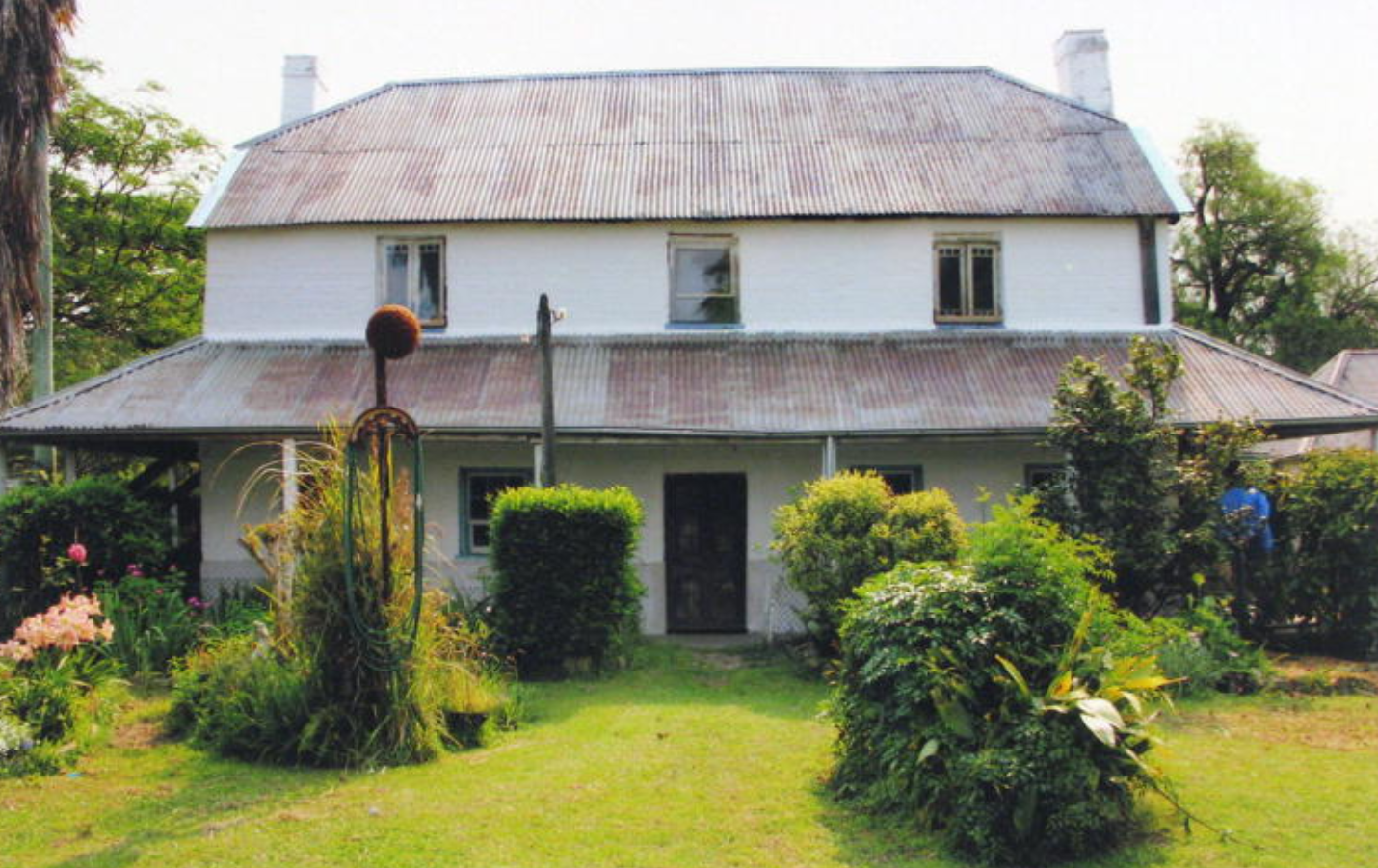
Victoria Bridge (Penrith)
Victoria Bridge is of state heritage significance as one of only three bridges of its type that were ever constructed in NSW, of which only two remain (‘wrought iron-through girder’).
Although two bridges of this type still remain, Victoria Bridge is unique in NSW due to the intactness of its form compared to Menangle bridge, which has undergone significant alterations to its structural form through the addition of intermediate piers.
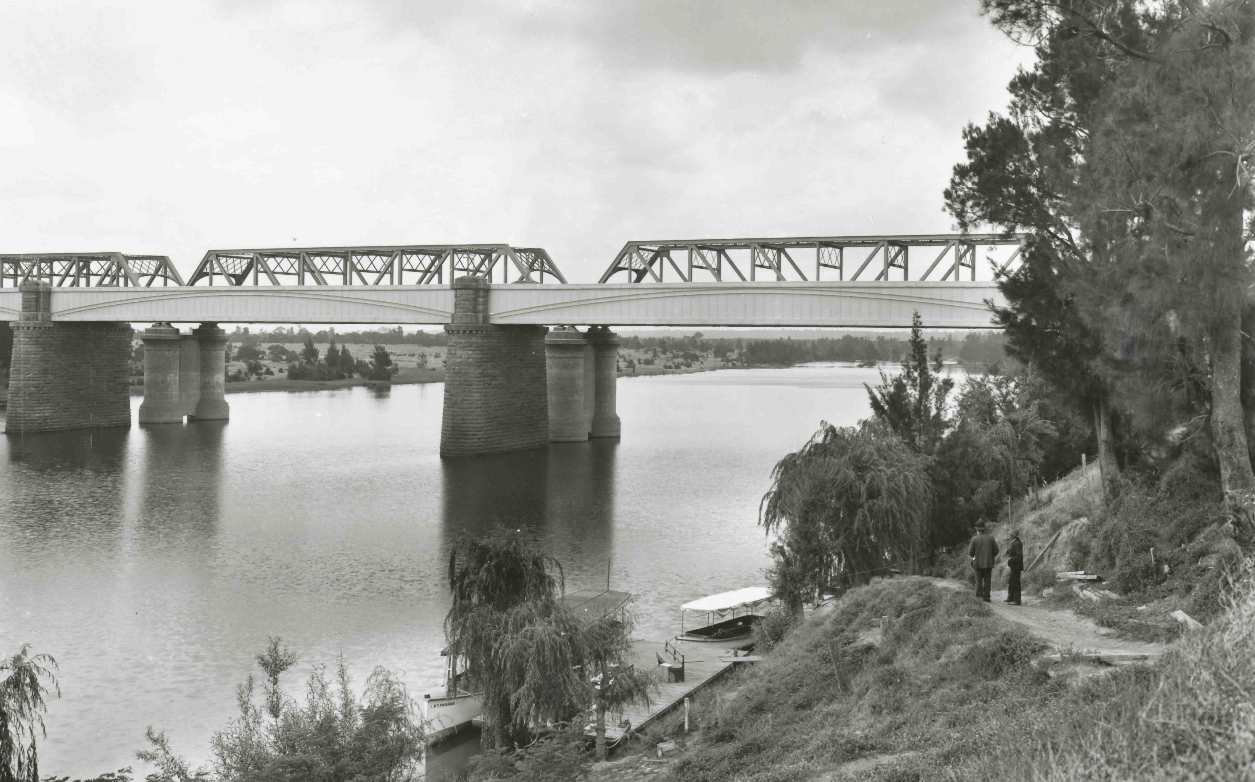
Cox’s Cottage (Mulgoa)
The Cottage was begun around 1810 by William Cox, who would, in 1814, build the first road across the Blue mountains.
The Cottage is built on land granted to William’s four and half year old son Edward in 1809 by Lieut-Governor Colonel Paterson. Governor Macquarie re-granted the same land back to Edward in 1810.
Reaching its full completion in 1820, it is one of the earliest timber-framed structures still surviving in Australia.
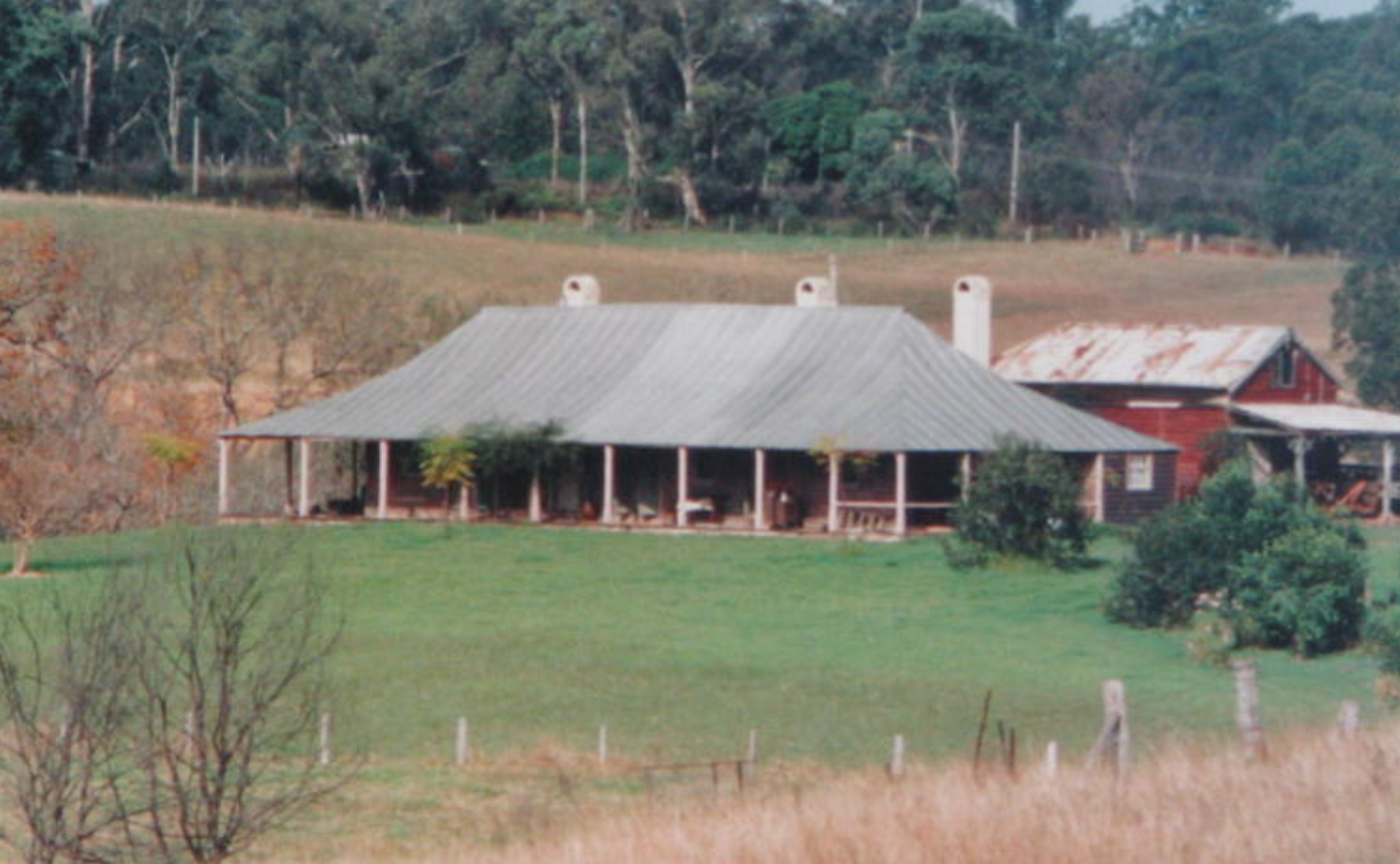
Glenleigh Estate (Regentville)
Glenleigh is significant as the home of prominent merchant James Ewan and his family. The house, in the Scottish farmhouse vernacular style, displays Ewan’s Scottish heritage, as well as his private nature.
The house is significant as a rare example of the domestic work of architect W.W. Wardell, who was favoured by the Sydney rising middle class of the 1880s.
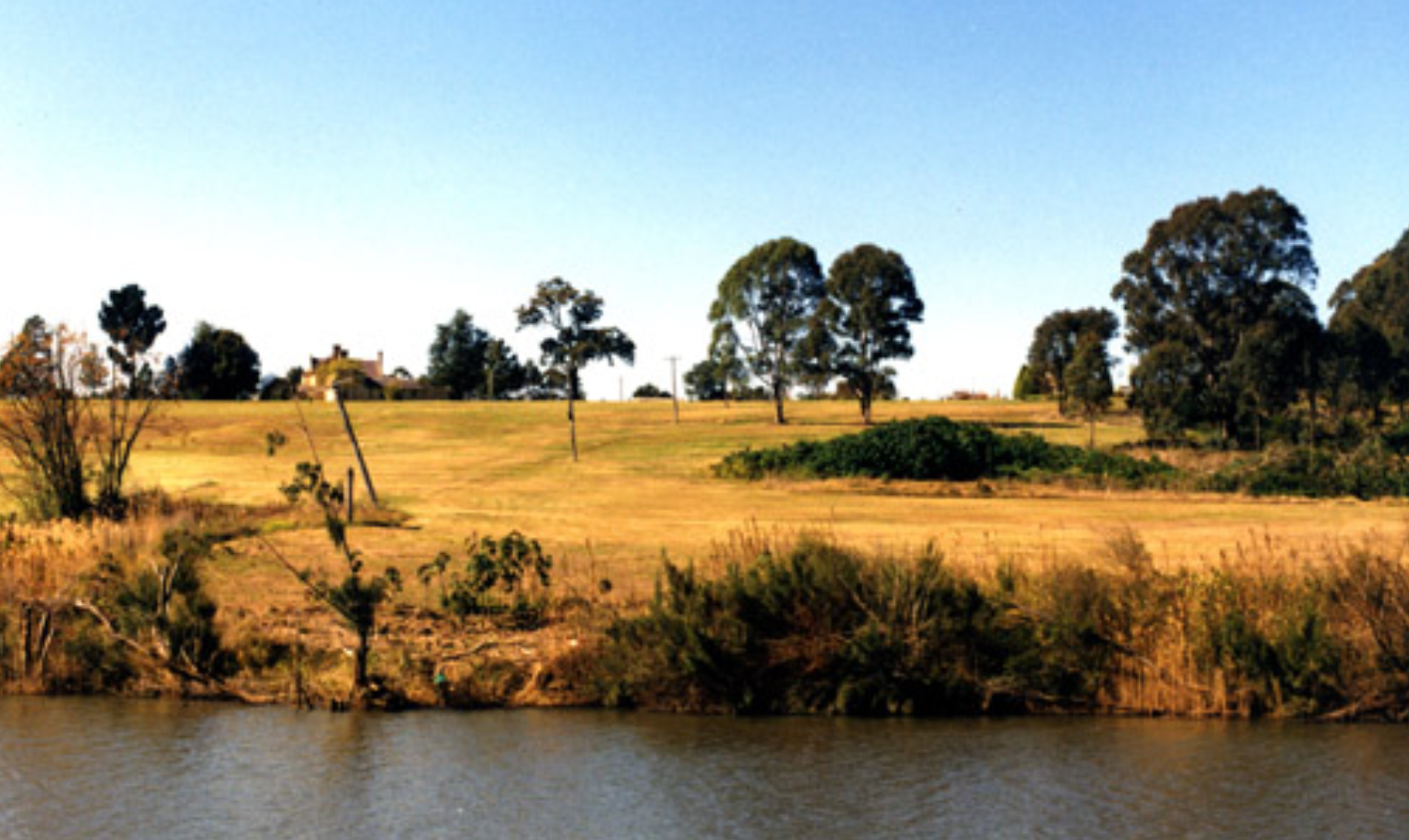
Glenmore (Mulgoa)
Glenmore estate is an integral part of a relatively intact rural landscape developed by the pioneering Cox family in the early years of the colony of New South Wales, and subsequently throughout the 19th century.
It is thus a physical record of the development of farming in Australia in general and the Mulgoa Valley in particular. The remnants of early exotic plantings include some of the finest specimens of their species in New South Wales.
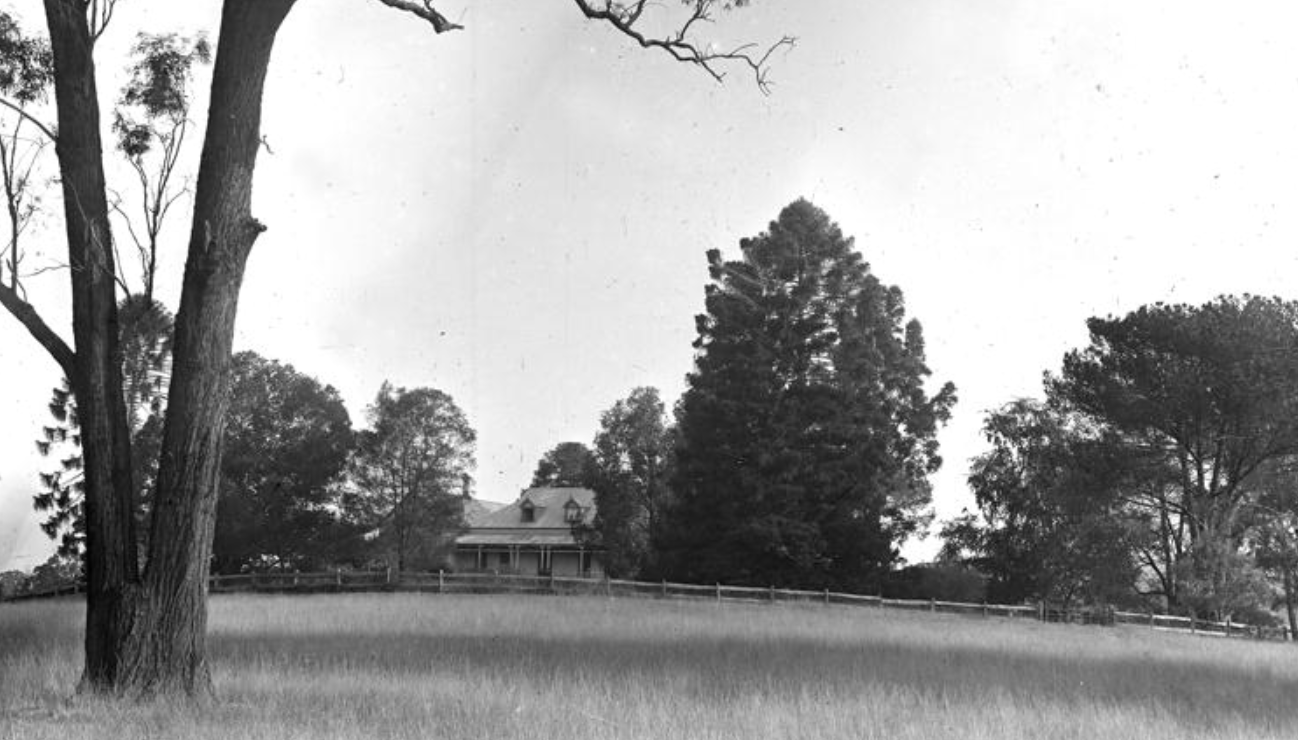
Rose Cottage (Werrington)
Rose Cottage and the slab hut are highly significant for their association with early settlement of the Werrington district and for their continuous residential use by a single family for approximately 100 years.
The early two roomed slab hut, located at the rear of the house, is most likely the original house, with the more substantial house a later expansion/addition.
The timber slab hut is of very high significance as one of few surviving examples of Old Colonial Rustic Vernacular Architecture in the Sydney Metropolitan Region.
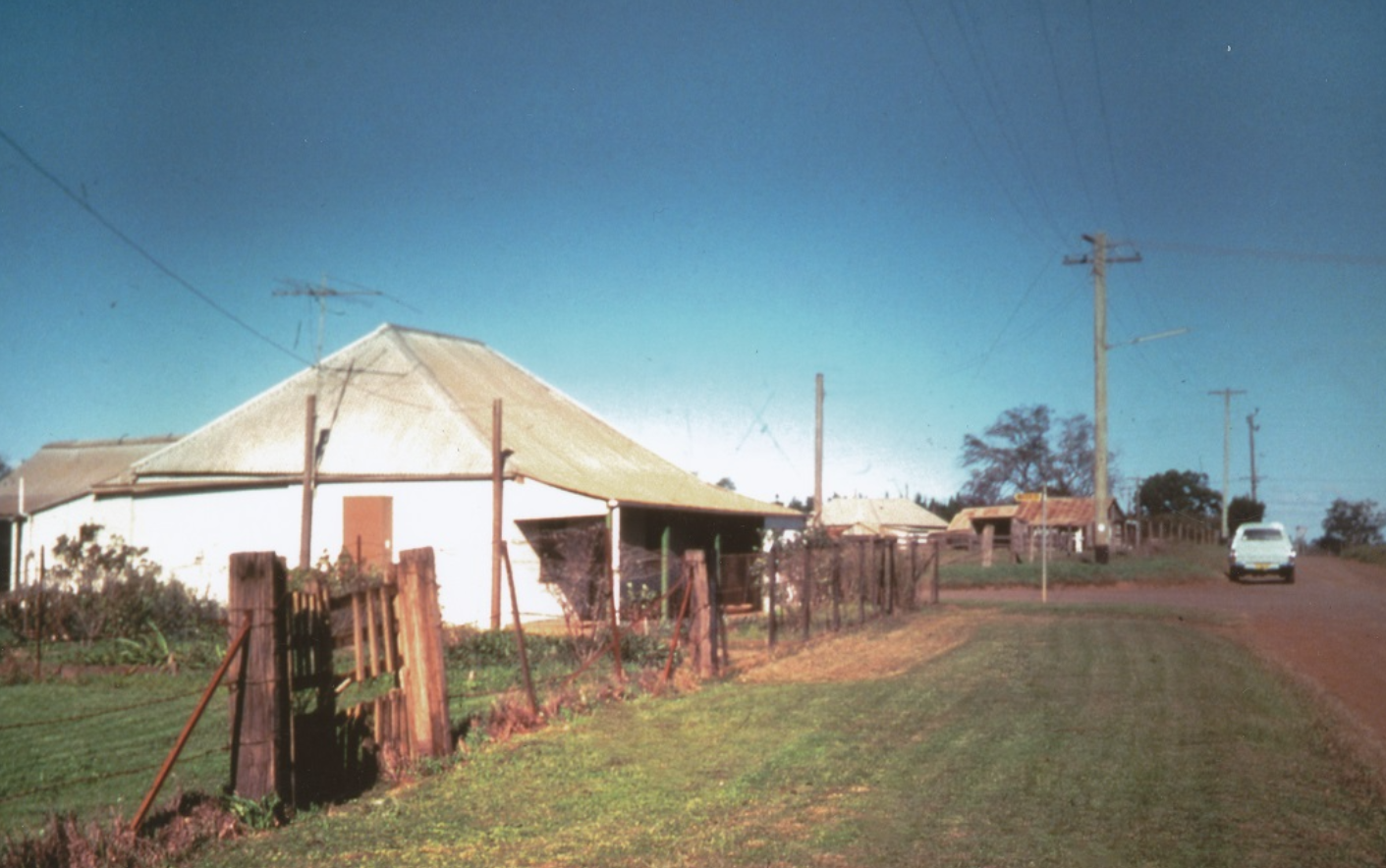
Fairlight Homestead & Barn (Mulgoa)
This piece of land was granted to Nathanial Norton in 1821 and developed as a farm. In 1876, the property was purchased by William Jarrett, who commissioned the construction of the present mid-Victorian house and outbuilding.
The building on the right was built by William Jarrett around 1878 and used as a dairy, creamery, men’s quarters and kitchen. It was converted to a guest house in 1920.
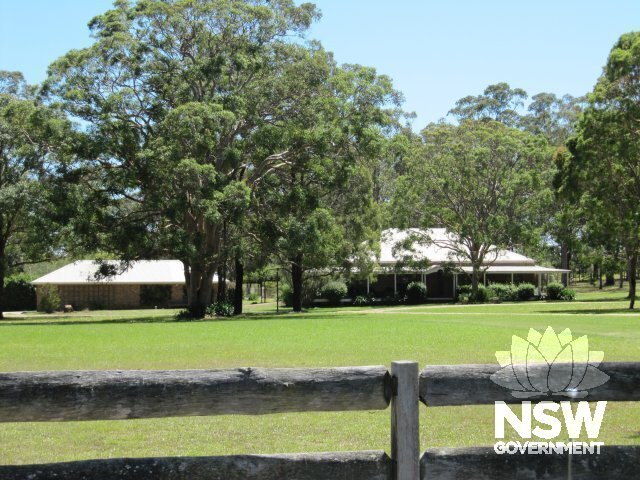
Upper Castlereagh Public School (Castlereagh)
This school was opened in 1879. It continued to be used until just prior to its centenary year in 1979.
The significance of the sites as representative of important early personages and social patterns in the Castlereagh area.
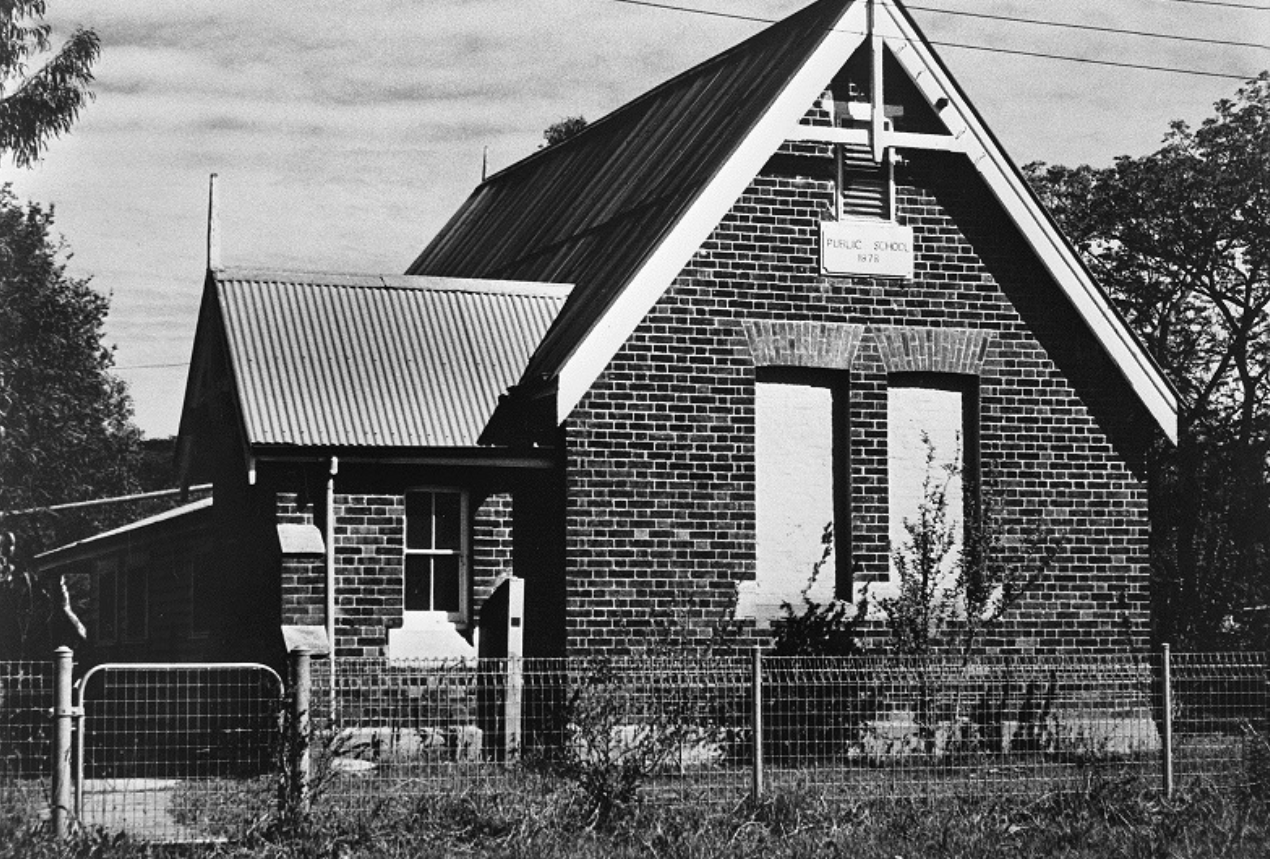
Torin Building (Penrith)
The Torin Corporation factory building is of historical significance for its association with American renowned architect Marcel Breuer who was commissioned to design all nine Torin factories throughout the world, including the one at Penrith.
Breuer died in New York in 1981, making the Torin Corporation factory in Penrith his last major piece of architectural work. It was built by Harry Seidler. It was used at one time as the Panthers Rugby League team complex.
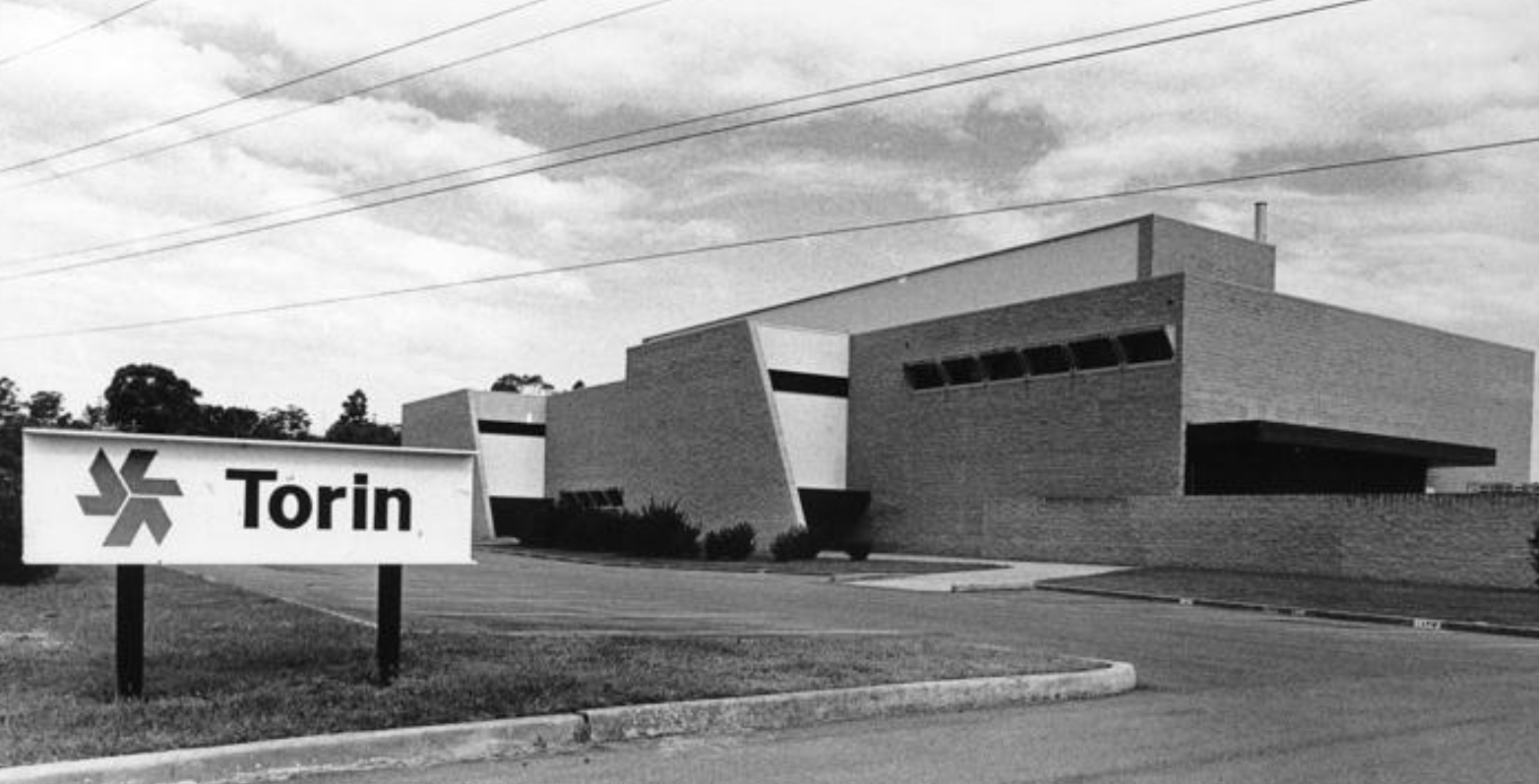

Weekender Newsroom
This post has been published by the team in our newsroom.
